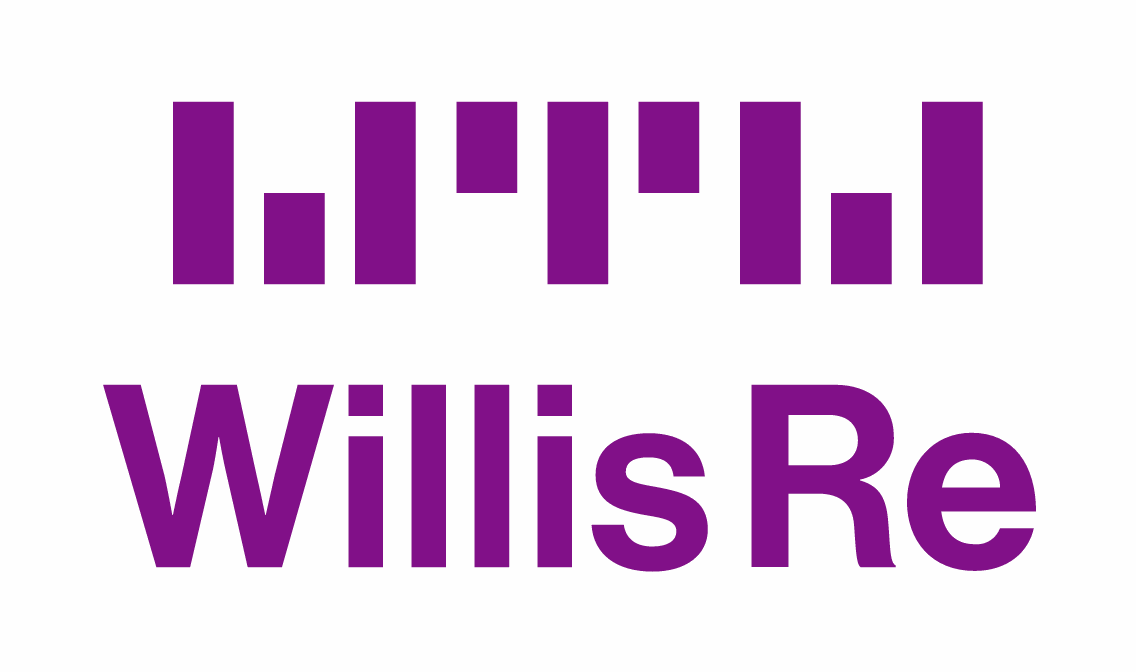Capacity for retrocessional reinsurance is expected to remain tight at the upcoming January 2020 renewal season, but will still prove sufficient, Graeme Moore, CEO Willis Re Speciality expects.
 In an interview Moore commented that he believes the market has sufficient capacity to meet the expected required retrocession needs of protection buyers at the 1/1 2020 renewals.
In an interview Moore commented that he believes the market has sufficient capacity to meet the expected required retrocession needs of protection buyers at the 1/1 2020 renewals.
Discussing his expectations for the retro market, Moore explained, “We expect adequate capacity for mid to higher-level risks but it will be deployed only at the right prices. For example, Bermuda markets did more business at 1.7, but at higher prices. In Florida, prices were in general terms up by around 15 points on a average risk-adjusted basis. We expect to see rating reflect that as the retro market catches up with Florida/mid year adjustments”.
The retro market can often trail behind reinsurance when it comes to rate increases, meaning that January 2020 will potentially see some interesting opportunities for those with capacity to devote to this area of the market.
Moore doesn’t expect a flood of new, traditional capacity to emerge for retrocession either, as rates have not yet returned to where traditional providers would be enticed.
“Rating levels for UNL retro are not yet sufficiently priced to attract a stampede of traditional reinsurance capacity, and remain lower than they were several years ago. So UNL capacity will be tight, but not insufficient. Less capacity has been deployed so far in 2019, but anticipated rating increases are likely to materialise for 1.1,” he further explained.
Supply and demand factors are expected to drive rates, as well as just how attractive retrocession proves to be.
Moore continued, “At lower levels, traditional reinsurers may see increased deal flow potential, but those with an appetite will want a healthy rise over recently prevailing rates, which were clearly inadequate”. That may mute demand as cedents may choose to retain more risk at that level.
Some new entrants are possible as the end of this year approaches, most notably the new Markel collateralized retrocession strategy the firm said it would launch this year.
But collateralized players are expected to continue their cautious approach to the retro market, having suffered losses and ongoing loss creep.
“Loss creep on prior year events such as Trami, Irma, Jebi and Michael, will be a factor at 01.01.20, with particular impact on the Cat Aggregate product and Multi line/ peril covers.
“That must have captured the attention of many ILS catastrophe funds, which are likely to continue to be cautious as a result, and has pushed the diminishing problem of trapped ILS capital further forward.
“It is likely that Lower level, Multi Pillar and aggregate covers will require some form of restructure going into 2020!” Moore explained.
So, while a softly-softly approach to retrocession seems likely to continue, both on traditional reinsurance and ILS fund sides of the market, importantly the protection buyers are in the main likely to find the capacity they require.
 View all of our Artemis Live video interviews and subscribe to our podcast.
View all of our Artemis Live video interviews and subscribe to our podcast.
All of our Artemis Live insurance-linked securities (ILS), catastrophe bonds and reinsurance video content and video interviews can be accessed online.
Our Artemis Live podcast can be subscribed to using the typical podcast services providers, including Apple, Google, Spotify and more.































